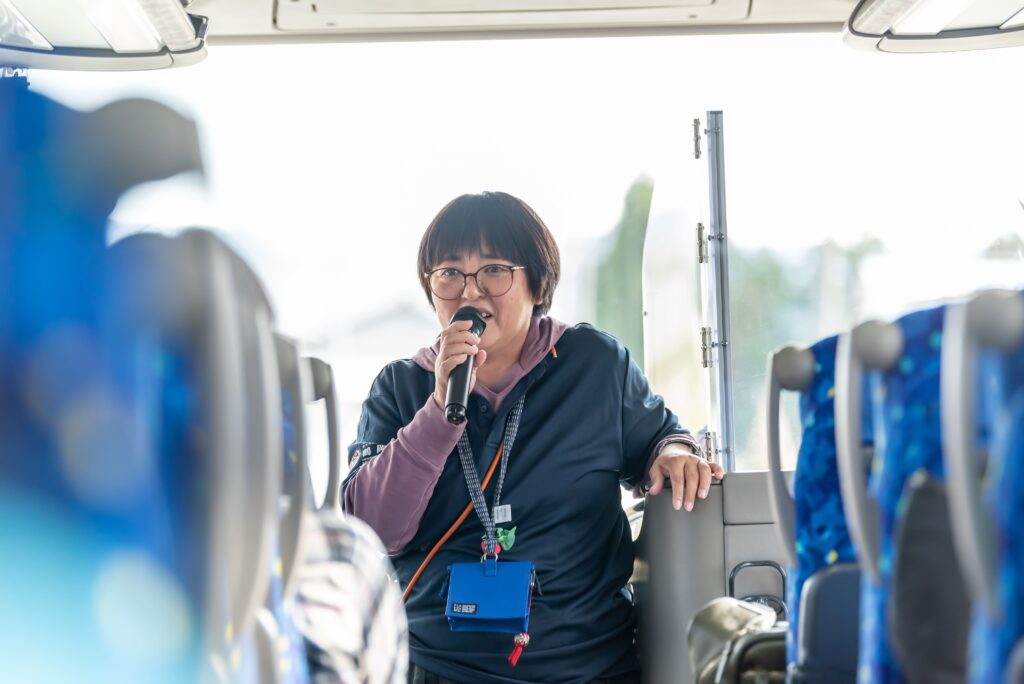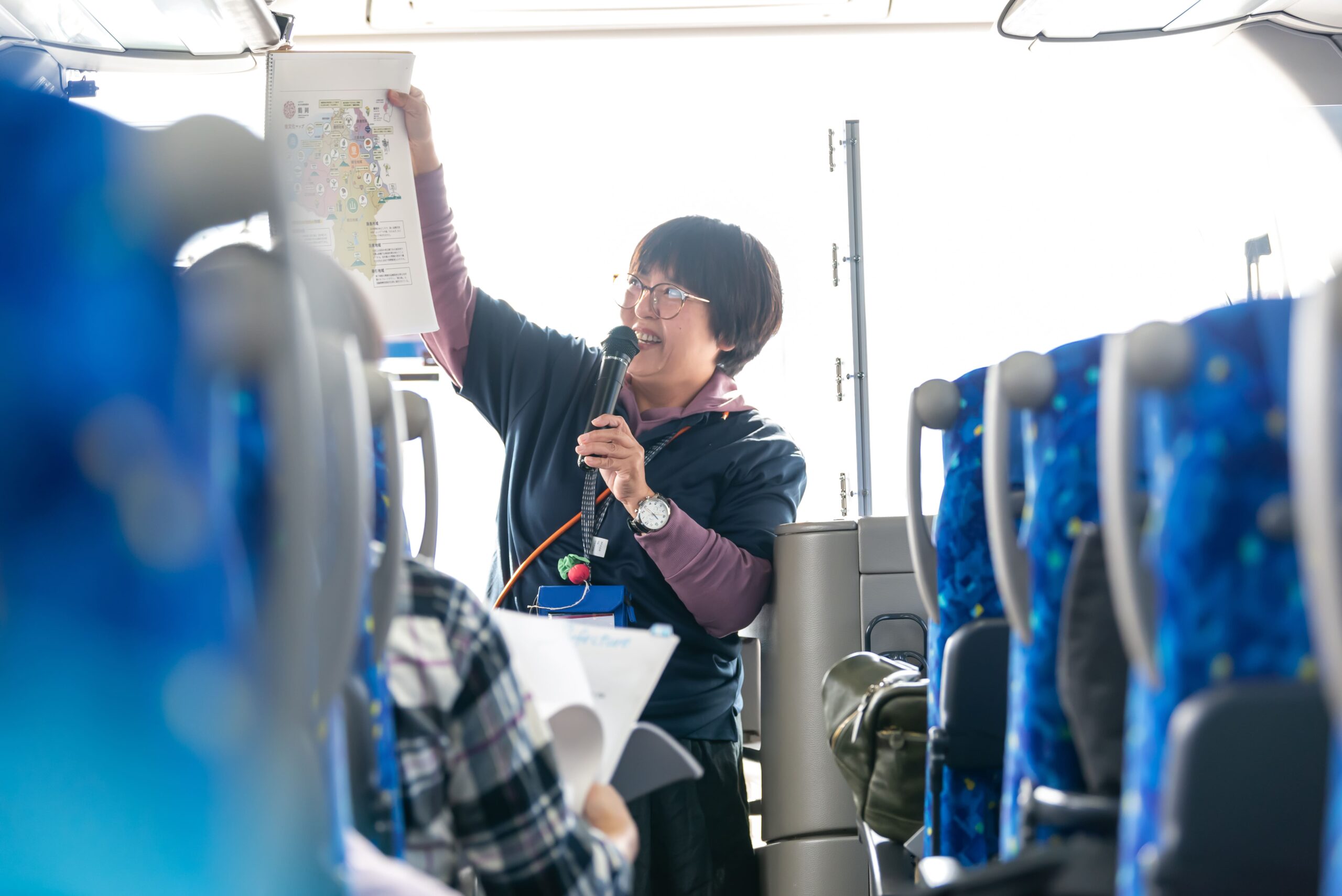
Interview with TSURUOKA FŪDO GUIDE
The city of Tsuruoka in Yamagata Prefecture has carefully passed on its food culture nurtured by abundant nature for hundreds of years. In December 2014, it became the first city in Japan to be designated a UNESCO Creative City of Gastronomy. Over several centuries, farming families have safeguarded over 60 varieties of heirloom crops, which, along with their cultivation methods inherited across generations, fascinate visitors as living cultural assets. Additionally, the shojin ryori (Buddhist vegetarian cuisine) developed at the Dewa Sanzan mountain shrines is known as distinctive Tsuruoka food culture that values spirituality.
To spread awareness of Tsuruoka’s appealing cuisine, its background, and the history and culture behind it, the “FŪDO (Food x Culture) Guides” were established. The FŪDO Guide program was sparked by the UNESCO Creative City designation, and the guides are involved in a range of efforts ranging from international exchange and tourist guiding to outreach targeting local residents. This article delves into FŪDO Guide Ms. Yamaguchi’s passion for Tsuruoka cuisine.
| Learn more about the FŪDO Guide | [Tsuruoka Creative City of Gastronomy Promotion Committee] |
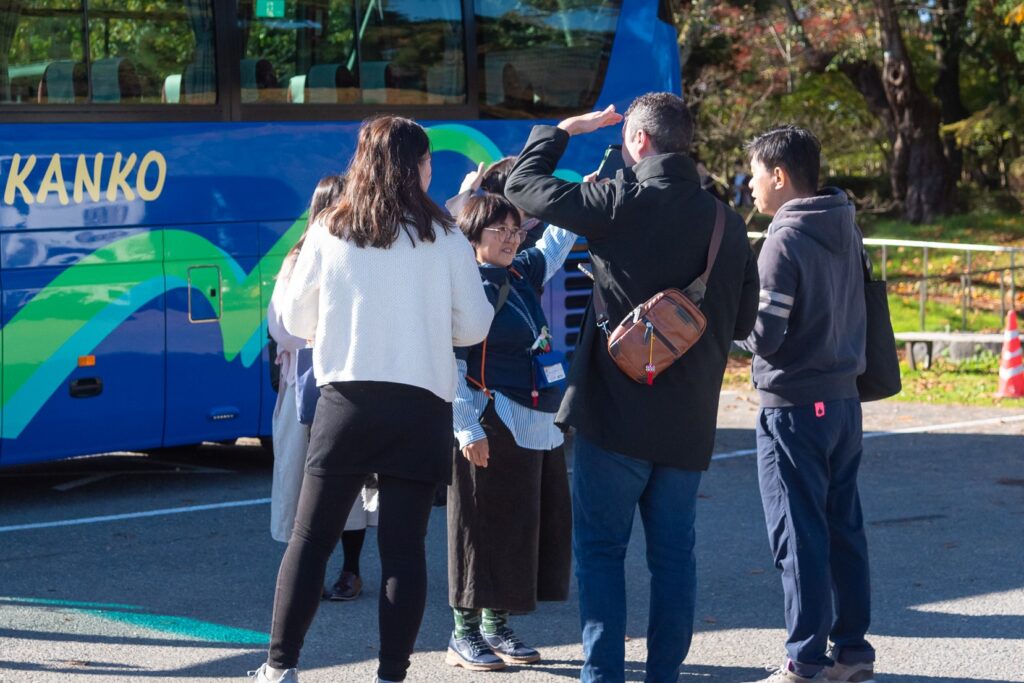
– What prompted the inception of the FŪDO Guides?
The FŪDO Guides were created with the desire for more people to encounter and be moved by Tsuruoka’s wonderful food culture. The activities began in conjunction with Tsuruoka becoming Japan’s first UNESCO Creative City in 2014. At the time, I had just obtained certification as a vegetable sommelier, and I decided to work as a FŪDO Guide out of a desire to spread knowledge of Tsuruoka’s heritage crops more widely.
– Please tell us about the work involved in being a FŪDO Guide.
The term “FŪDO Guide” incorporates the meanings of “food,” “fudo (natural features of the region),” and “guide.” Rather than just introducing foods, our goal is to foster understanding of Tsuruoka’s food culture by providing information and experiences conveying what lies behind it. My work includes accompanying monitor tours and on-site visits as a guide, as well as proposing and executing tour content. I also hold seminars and site visits for local community associations. FŪDO Guides must be certification, and qualification requires not only knowledge about food ingredients, the region’s natural features, history, and the like, but also the ability to communicate, plan, take action, and build connections to disseminate knowledge. Even after qualifying, we continuously strive to enhance our skills and share information among guides to transmit Tsuruoka’s food culture with passion.
– Do you incorporate any special touches when guiding tours?
When guiding, I prepare an explanatory sketchbook to have priorly researched information on hand to answer various questions. Each of us FŪDO Guides has our own unique sketchbooks, and I’ve made about 20 of them. They cover such diverse themes as self-introductions, slash-and-burn agriculture, Mount Haguro, Shonai sand dune melons, dadacha beans, moso bamboo, and more. When serving Shonai cuisine, I strive to provide information tailored to the places of origin and tastes of the guests.
– Do you get opportunities to host guests from overseas?
I am also involved in overseas tourism development and accepting non-Japanese visitors. Around seven years ago I served as the coordinator for an exchange with an Italian food-science university. Since receiving the UNESCO designation, on-site visits have increased, and I’ve helped individually plan itineraries for some non-Japanese guests during their stays in Tsuruoka. Hosting overseas visitors requires creating a relaxed schedule in terms of time, because Japanese-style tours feel overly packed. Tsuruoka boasts diverse appeal, so sufficient time is essential to convey it all. I have the flaw of sometimes talking too much, but I work hard to provide high-quality information.
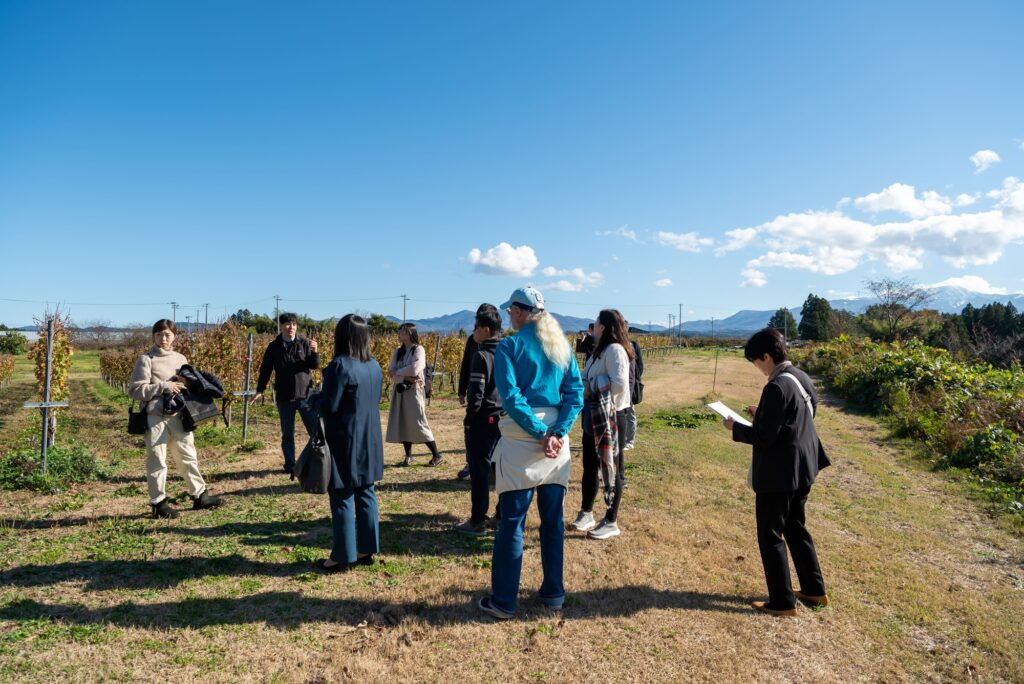
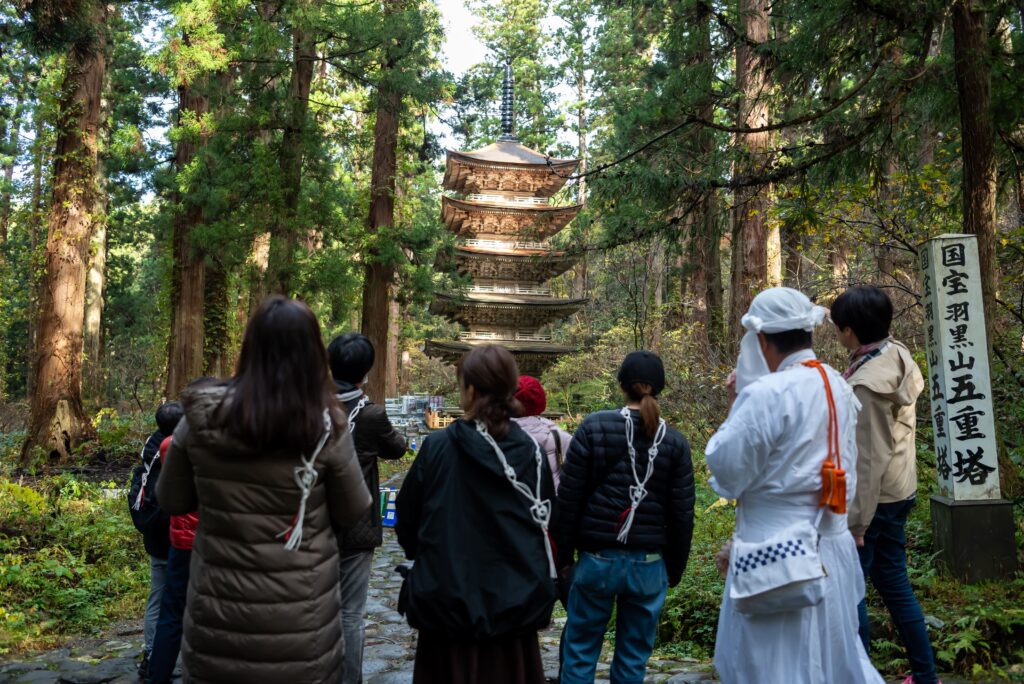
– Is there anything you want to communicate to local residents?
I hope local residents can gain an awareness of elements of Shonai’s charm that they normally take for granted but are actually unique compared to other regions. FŪDO Guides believe it’s important to raise awareness of and share knowledge about local cuisine and food culture. For example, it would be wonderful if locals could casually chat with tourists passing by on the street who ask, “Is there any good food around here? Where can I eat?” There are also many people who are interested in learning more about local cuisine, and we hold study sessions to provide opportunities to deepen knowledge.
– What message do you want to convey as a FŪDO Guide?
Tsuruoka is a wonderful place where you can enjoy delicious seasonal ingredients. A history and culture of cuisine cultivated by previous generations has taken root here, and learning about it can further deepen your understanding of food culture. I have utmost confidence in eating as the number one Shonai foodie. Please do visit Tsuruoka and enjoy the tasty local fare to the fullest. My hope is for the region’s natural features that change seasons paired with Tsuruoka’s food culture will become wonderful lasting memories for our guests.
